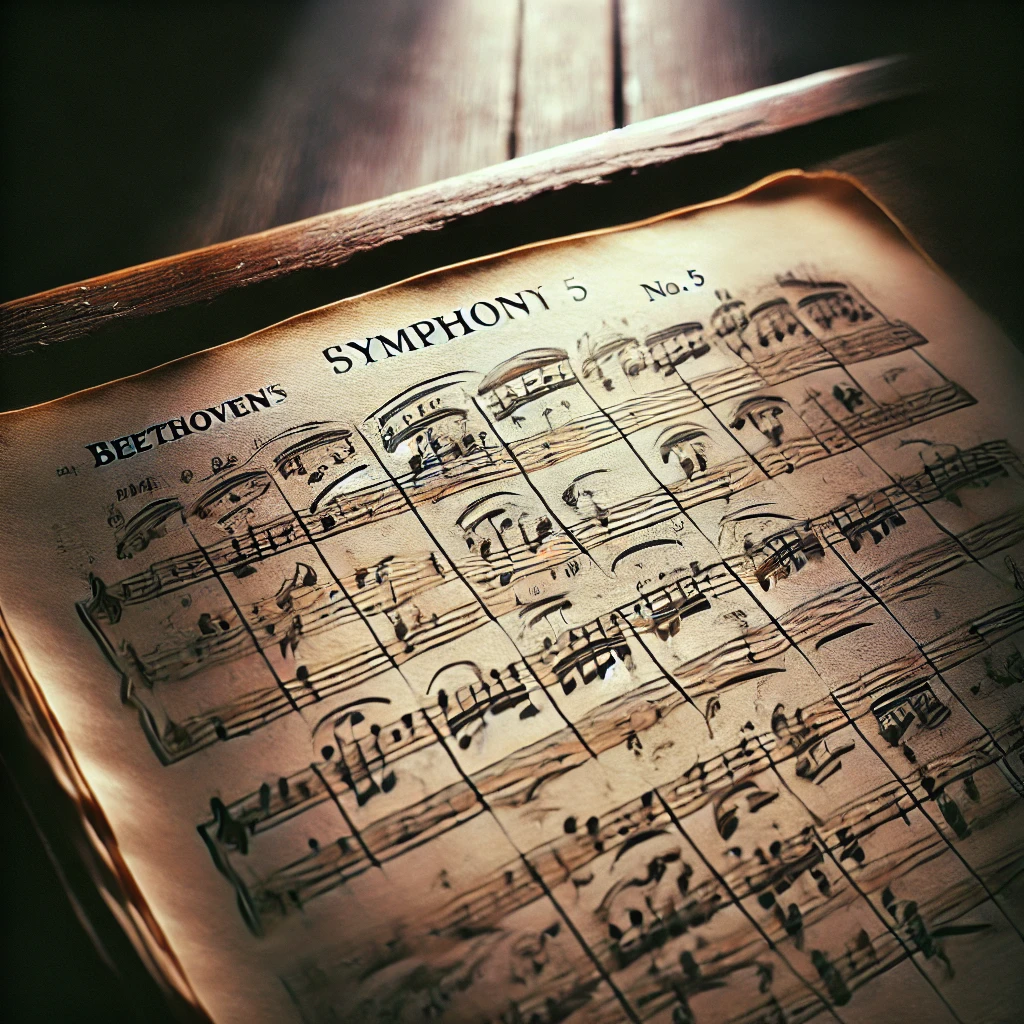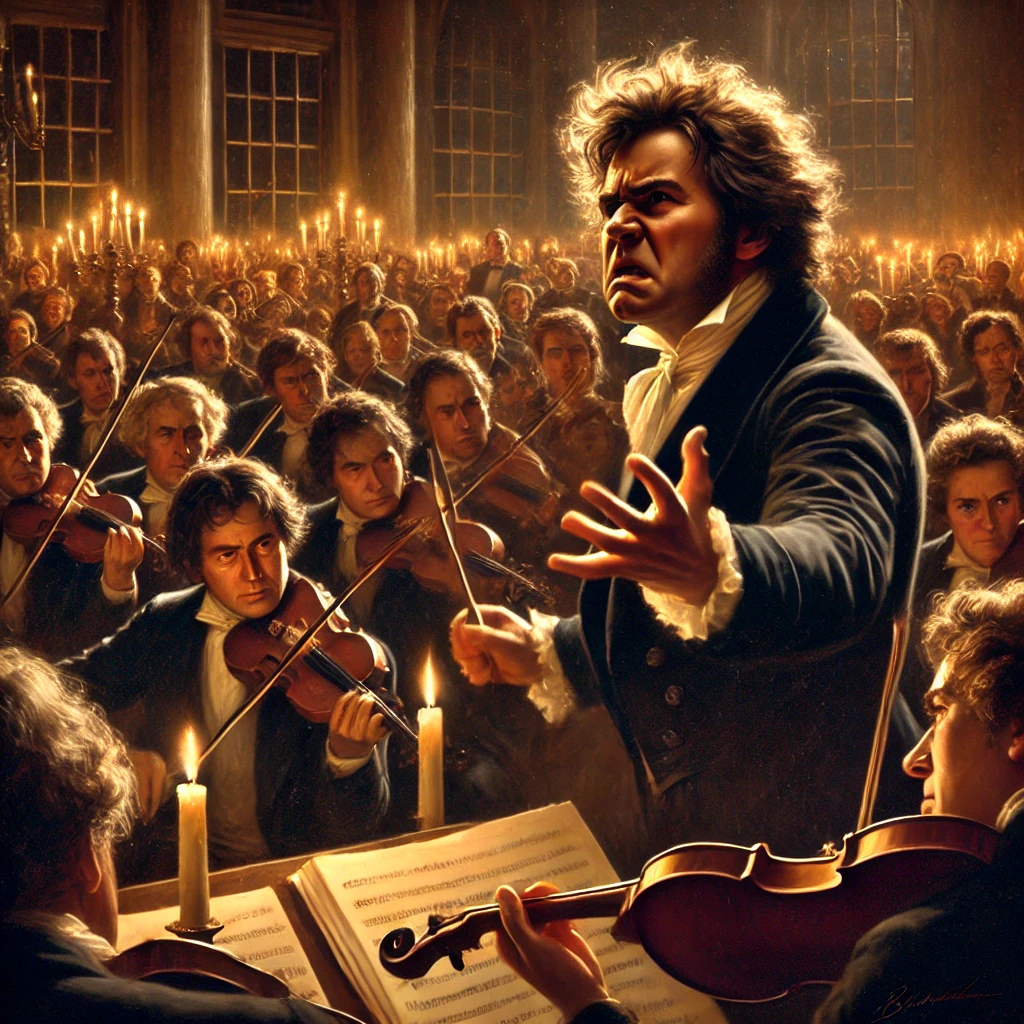On December 22, 1808, Ludwig van Beethoven’s Symphony No. 5 premiered in Vienna, captivating audiences with its revolutionary style and emotional depth. The performance marked a turning point in classical music history, solidifying Beethoven’s reputation as one of the greatest composers of all time. With its iconic four-note motif—da-da-da-dum—this symphony has become a symbol of artistic genius and resilience.

A Night to Remember
The premiere took place at Vienna’s Theater an der Wien, in a marathon concert lasting over four hours. The event was not just a showcase for Beethoven’s Symphony No. 5 but also featured the premiere of his Symphony No. 6, the “Pastoral,” as well as his Piano Concerto No. 4 and the Choral Fantasy. Despite the freezing temperatures inside the theater and the lack of adequate rehearsal time, the performance left a lasting impression on those who attended. The symphony’s dramatic opening, filled with tension and urgency, immediately captured the audience’s attention and set the tone for an unforgettable musical experience.
The Significance of the Symphony
Symphony No. 5 stands out not only for its memorable motif but also for its innovative structure and emotional depth. Beethoven’s use of the four-note theme as a unifying element throughout the symphony was groundbreaking. It demonstrated his mastery in transforming a simple idea into a complex and dynamic musical narrative. The symphony’s journey from darkness to triumph—concluding with a victorious C-major finale—mirrors Beethoven’s own struggles with deafness and personal adversity. This connection between music and human perseverance resonated deeply with audiences, elevating the symphony to iconic status.

A Legacy That Endures
Over two centuries later, Beethoven’s Symphony No. 5 continues to inspire and influence musicians and listeners around the world. Its four-note motif has transcended the concert hall, appearing in film scores, advertisements, and popular culture. The symphony’s message of resilience and triumph over hardship remains as relevant today as it was in Beethoven’s time. For many, it is not merely a piece of music but a testament to the power of creativity and determination in the face of challenges.
Symphony No. 5 also paved the way for future composers to push the boundaries of classical music. Its innovative use of motifs and emotional storytelling influenced the Romantic era and beyond, encouraging artists to explore new forms of expression. Beethoven’s work continues to be studied and performed worldwide, ensuring that his genius remains an integral part of our cultural heritage.
Reflections on a Musical Masterpiece

The premiere of Beethoven’s Symphony No. 5 on December 22, 1808, was a defining moment in the history of music. Its combination of innovation, emotional depth, and universal themes has cemented its place as one of the greatest compositions ever created. Today, it serves as a reminder of the enduring power of art to connect, inspire, and transform lives.
